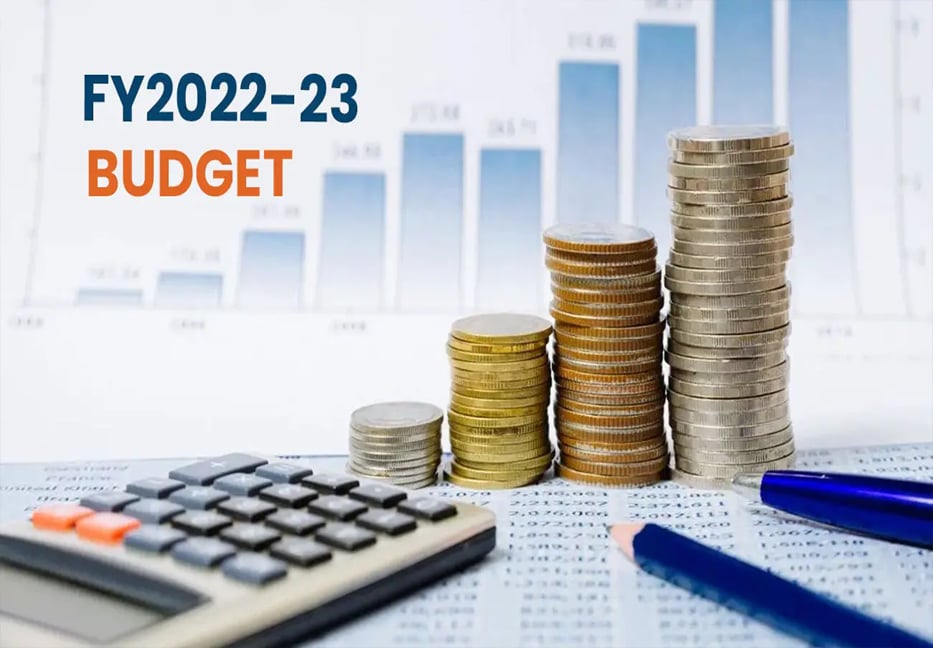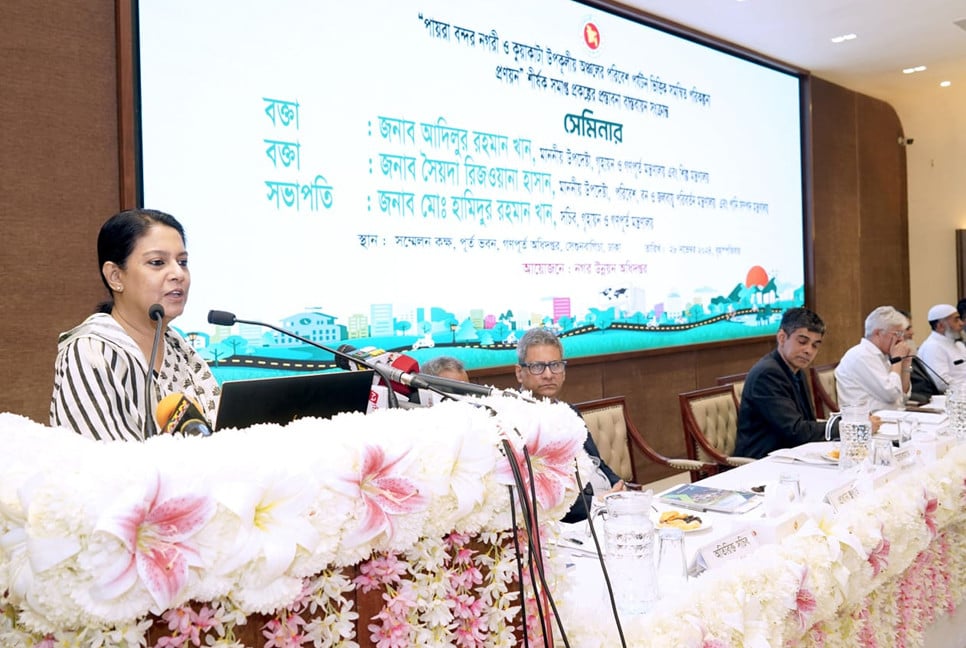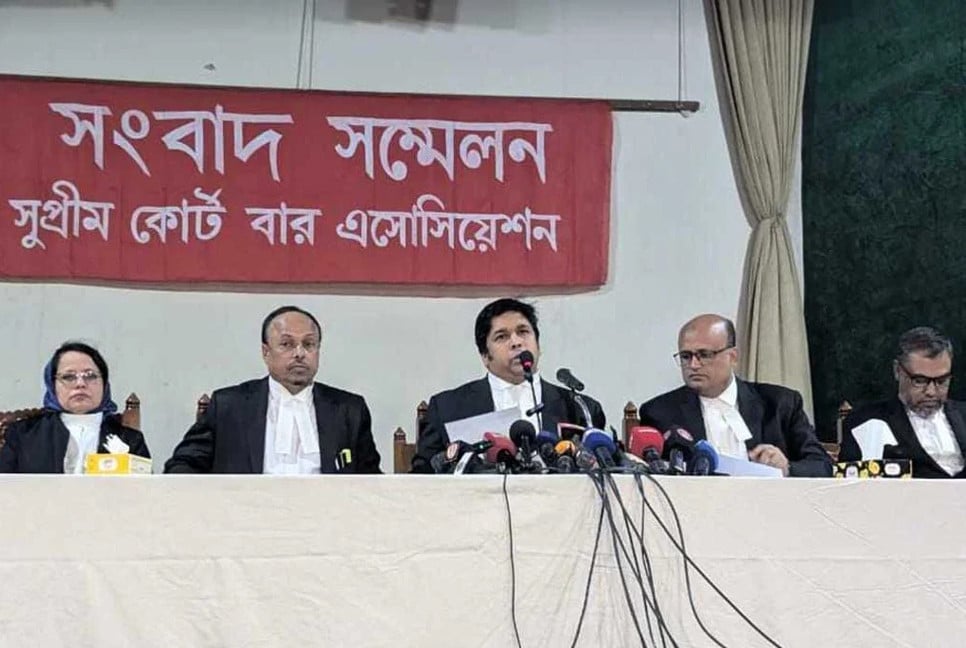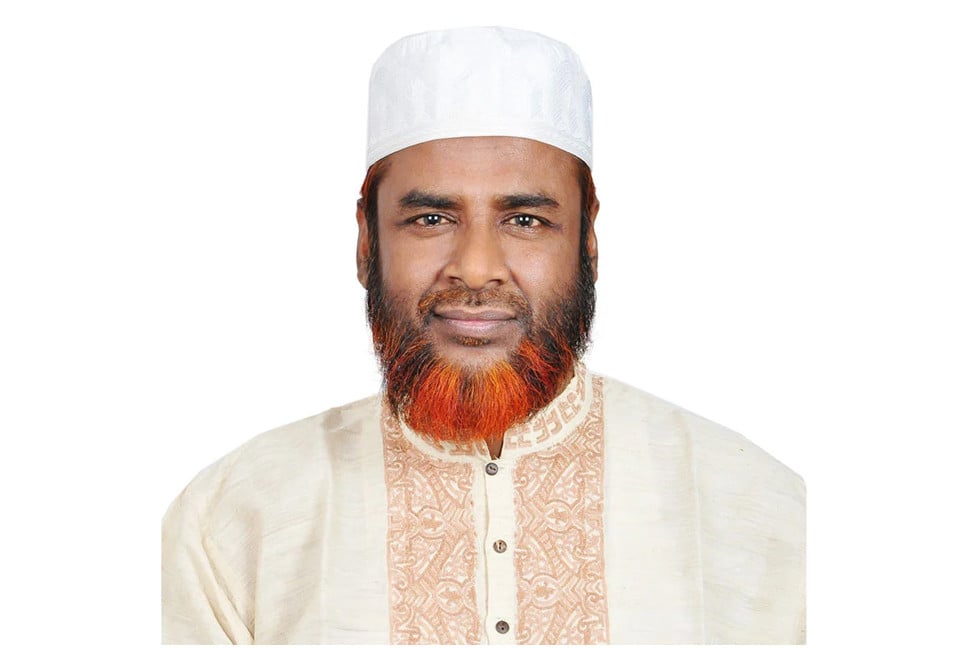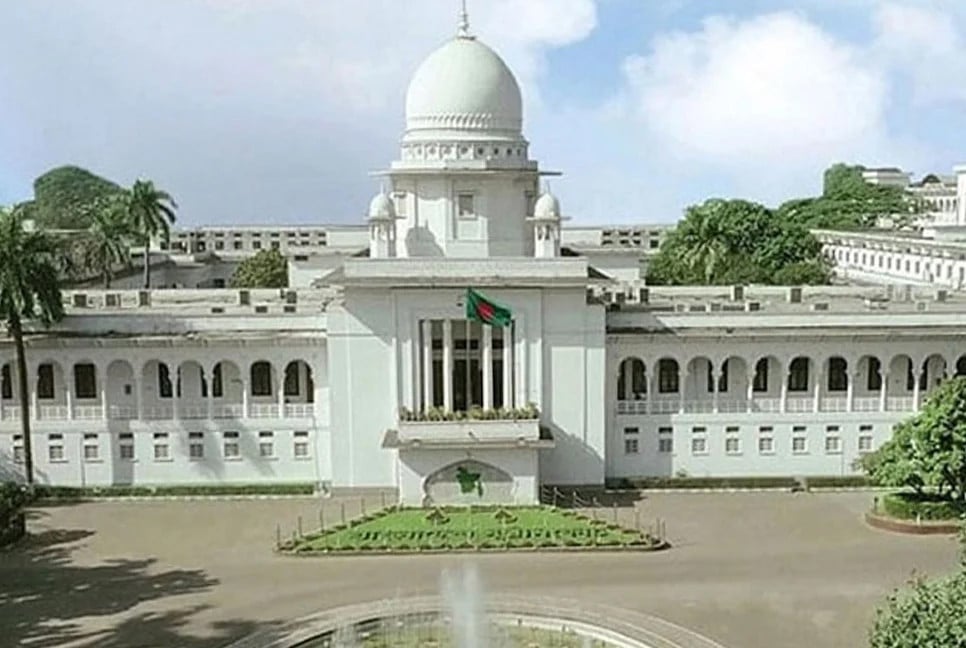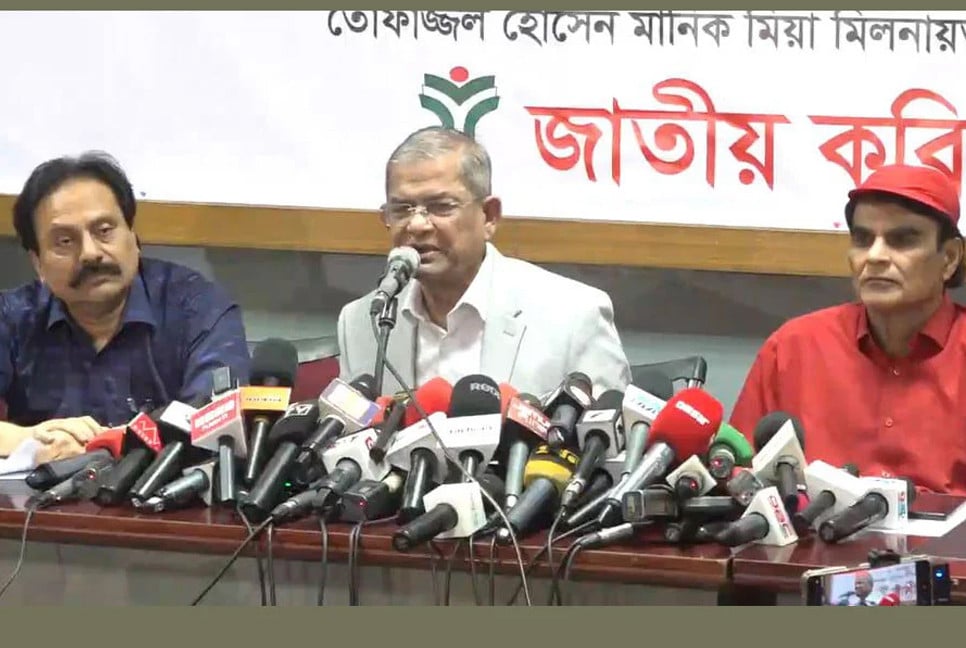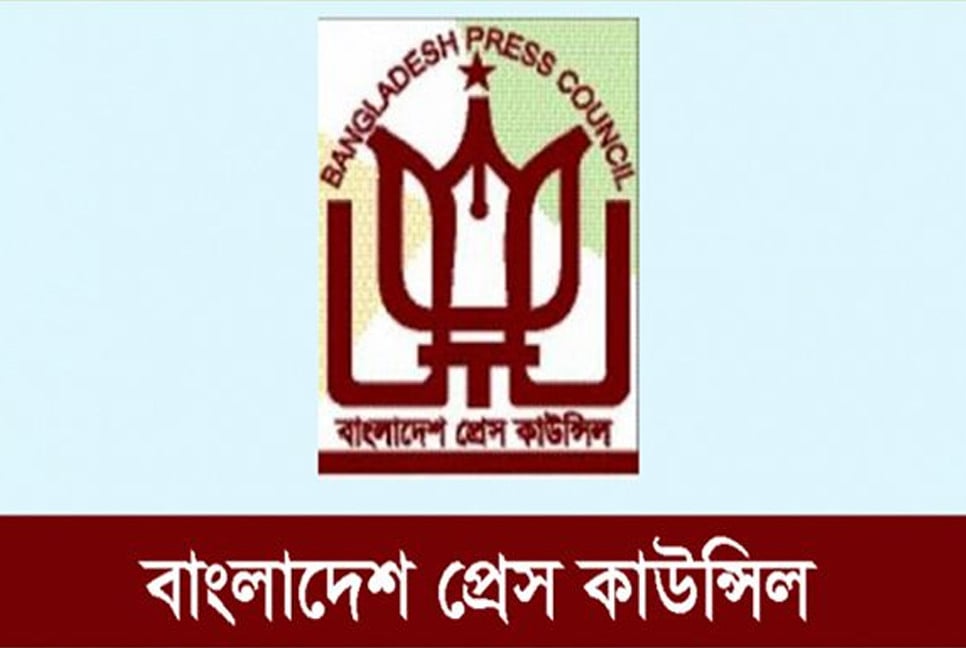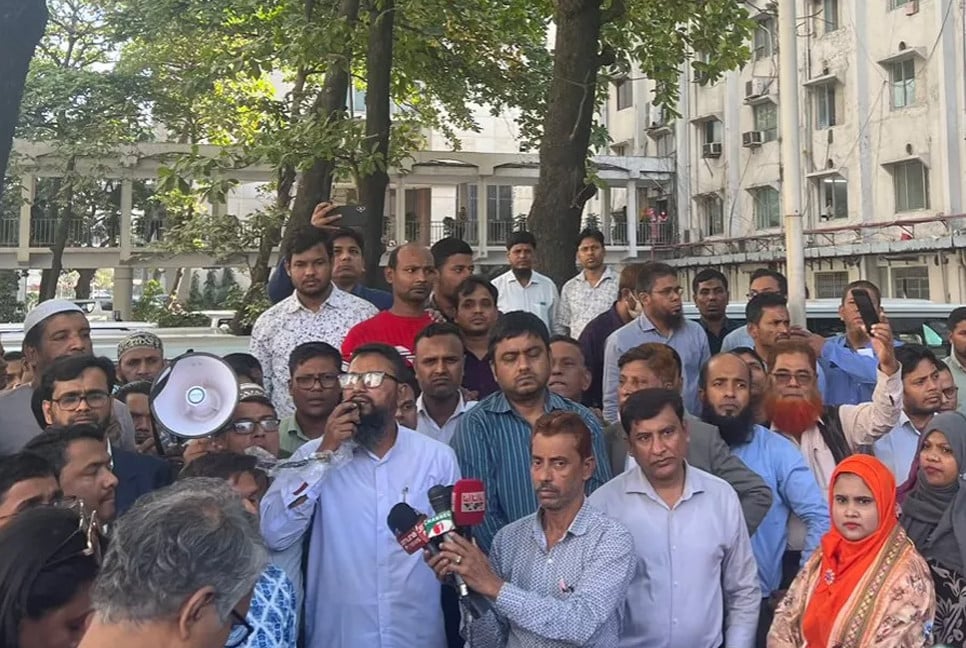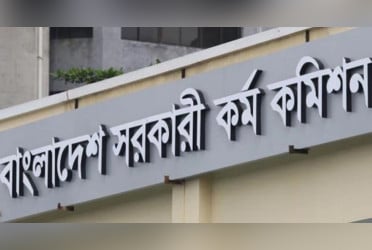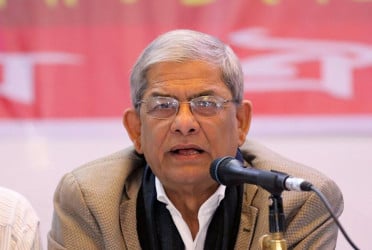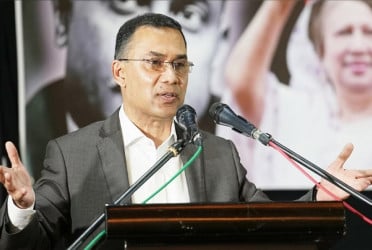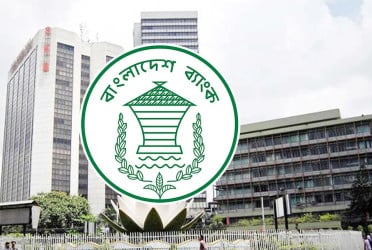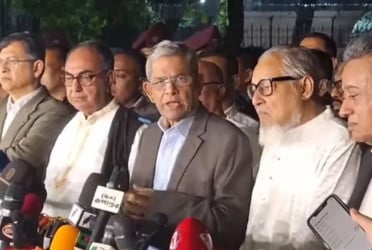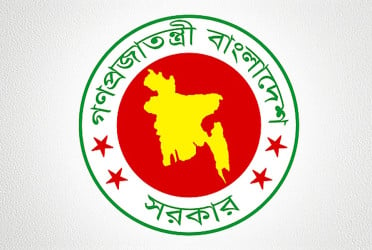Finance Minister AHM Mustafa Kamal will place a national budget of over Taka 7.61 lakh crore for the next fiscal year (FY24) at the National Parliament House on June 1 which will focus on containing inflation, generating jobs, efforts towards building a ‘Smart Bangladesh’ and addressing the challenges of the fourth industrial revolution (4IR), reports BSS.
The possible budget size of Taka 7, 61,785 crore would mainly aim at taming inflation alongside the higher GDP growth trajectory, said a Finance Ministry official.
The official also said that the budget would not be ambitious one nor expansionary.
The Finance Minister is set to deliver his budget speech with a possible title “Unnayner Derdoshok: Smart Bangladesher Abhimukhe.”
The budget speech will feature 11 chapters while the Finance Minister is likely to begin and end his budget speech citing verses of the Holy Quran.
AHM Mustafa Kamal will be placing the last budget of the present Awami League government's five-year term on June 1 at 3:00 pm at the Jatiya Sangsad at a time when people are finding it a bit hard to cope with the price hike of commodities owing to the global inflationary pressure following the onslaught of the Russia-Ukraine war.
Finance ministry officials said Kamal would present his vision on how to make a ‘Smart Bangladesh’ in his upcoming budget speech. The speech will cover building a smart country to cope with the 4iR.
The government this time is eying to attain a growth rate of 7.5 percent in the next fiscal year (FY24) while to contain the inflation rate around 6.5 percent. The total investment target in the next year will be 33.8 percent of the GDP.
The provisional estimate of Bangladesh Bureau of Statistics (BBS) shows that the GDP has grown by 6.03 percent in the outgoing fiscal year (FY23) and the inflation rate was 8.4 percent till April.
The budget speech has been prepared with emphasis on ensuring people’s employment through business expansion. The government will take initiatives to increase the investment of state-owned enterprises to create new jobs.
In his budget speech, the finance minister will reassure the countrymen about improving the country and transforming it into a smart one with visions to make smart roads to smart intellectuals.
Particularly, focus will be on the ICT sector, power sector, and making smart citizens.
The next budget will be 12.34 percent bigger than the current one.
It will be 15.21 percent of the projected GDP of Taka 50,06,682 crore, compared to 15.27 percent in the current fiscal year. This shows that the next budget is not ambitious.
Officials said the government targets a possible revenue collection of Taka 5 lakh crore, around Tk 67,000 crore more than that in FY23.
Out of the overall revenue collection target, the NBR is likely to be tasked with a revenue collection target of Taka 4.30 lakh crore while Taka 20,000 crore is likely to come from the non-NBR sources. Besides, the budget also eyes to collect Taka 50,000 crore as non-tax revenue.
The government has already approved a Taka 2.63 lakh crore Annual Development Programme (ADP) for the next fiscal year (FY24) of which Taka 1.69 lakh crore (64.26%) will come from the local sources while the rest of Taka 94,000 crore (35.74%) will come from the foreign sources. Considering the allocations against the autonomous bodies and corporations, the overall estimated development expenditure in the next fiscal year would stand at Taka 2,77,582 crore.
Out of the major expenditure, Taka 4,84,203 crore will likely to be kept as operating cost of which Taka 94,378 crore will be spent for interest payment, Taka 80,000 crore for bearing the salaries and expenses of the public servants, Taka 1.10 lakh crore for subsidies, and Taka 1,26,272 crore for the social safety nets.
Finance Ministry officials hoped that an amount of Taka 1,27,019 crore would be available as net foreign loan alongside Taka 3,000 crore as grants. The target for realizing net foreign loan in the outgoing fiscal year was Taka 95,458 crore.
The government will also likely to borrow Taka 1,32,395 crore from the banking sector in the next budget to meet the deficit financing of which most of the amount will be short-term loan. The target for borrowing from the banking sector in the current fiscal year was Taka 1,06,334 crore.
The target for realizing net loan from the savings certificates in the next budget is likely to be set at Taka 23,000 crore which was Taka 35,000 crore in the original budget of the current fiscal year. This target has been downsized since there is a downtrend in the sales of savings certificates.
The overall size of the Gross Domestic Product (GDP) in the next fiscal year is likely to be set at Taka 50,06,672 crore which was Taka 44,49,959 crore in the outgoing fiscal year.
The overall deficit in the next budget is likely to be Taka 2,61,785 crore, which is 5.2 percent of the GDP.
To meet the deficit, the government plans to borrow Taka 1,50,785 crore from domestic sources, including Taka 1,32,395 crore from the banking system, and Taka 1,10,785 crore from foreign sources.
Higher allocations will be made for subsidies, more than Taka 1.10 lakh crore, and for interest payments, around Taka 1.02 lakh crore. In the current fiscal year, the allocation for subsidies was around Taka 81,000 crore and for interest payment around Taka 80,000 crore.
The allocations are being raised to soften the blows of high prices of commodities in the international market and the depreciation of Taka.
The government will also likely to continue the austerity measures in the next fiscal year to reduce pressure on foreign reserves.
To achieve the revenue collection goal, several measures, including recruitment of private agents across the country, have been taken to increase the number of taxpayers.
The agents will go door to door to convince people to come under the tax net, and help people open tax files and submit returns, but the agents would not collect taxes.
People, who have tax identification numbers (TINs) and are below the taxable income ceiling, must submit their returns and pay a minimum tax of Taka 2,000.
The taxable income ceiling is likely to be raised to Taka 3.50 lakh from the current Taka 3 lakh. The minimum tax on taxable income will remain the same at Taka 5,000.
The official said people with no taxable income will have the option to cancel their TINs.
There are around 88 lakh TIN-holders, but only around 30 lakh submit their returns. Many of those who submit returns do not pay tax as their incomes are not taxable.
Another finance ministry official said they will install more electronic fiscal devices (EFDs) to ramp up revenue collection.
Over the next three years, three lakh EFDs will be set up. At present, 9,000 EFDs are in operation.
The budget will also focus on income tax as the source of revenue to meet the expenditure of the government. Also, to increase the income of non-NBR sources, government fees will be increased in all areas.
The finance minister will also announce the increase in the allocation and number of beneficiaries in the social security sector following instructions of the prime minister.
Bd-pratidin English/Lutful Hoque

